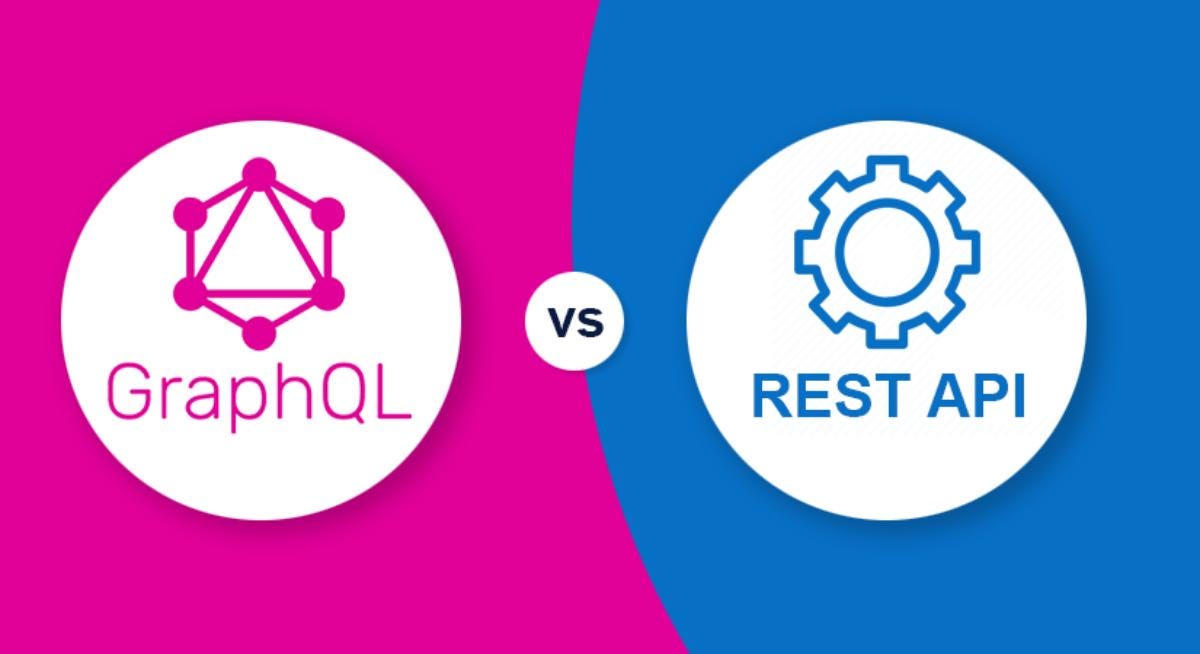Rest API vs GraphQL API
 Ahmed Raza
Ahmed RazaTable of contents

In the realm of modern web development, APIs (Application Programming Interfaces) have become indispensable tools for communication between different software components. Two prominent API architectures, REST (Representational State Transfer) and GraphQL, have emerged as popular choices. This article delves into the key differences, strengths, and weaknesses of each, helping you make informed decisions for your specific project needs.
REST API
REST is a well-established architectural style that relies on HTTP methods (GET, POST, PUT, DELETE, etc.) to perform CRUD (Create, Read, Update, Delete) operations on resources. It's characterized by the following principles:
Client-Server Architecture: Clear separation between clients and servers.
Statelessness: Each request from a client must contain all the information necessary to understand and process the request.
Cacheability: Responses can be cached to improve performance.
Uniform Interface: A consistent interface using standard HTTP methods.
Layered System: Multiple layers of abstraction can be used to improve modularity.
Pros of REST API:
Simplicity: Easy to understand and implement.
Wide Adoption: Well-established and widely supported.
Caching: Efficient caching mechanisms for performance optimization.
Security: Proven security measures like authentication and authorization.
Cons of REST API:
Over-fetching or Under-fetching: Often leads to multiple requests to fetch specific data, resulting in inefficiency.
Versioning: Can be complex to manage API versions.
Limited Flexibility: Tightly coupled to predefined data structures.
GraphQL API
GraphQL is a query language for APIs that allows clients to precisely specify the data they need. It operates over a single endpoint and provides a flexible way to fetch data from multiple sources in a single request.
Pros of GraphQL API:
Precise Data Fetching: Clients can request only the necessary data, reducing network overhead.
Flexibility: Highly adaptable to evolving data requirements.
Strong Typing: Ensures type safety and reduces errors.
Introspection: Self-documenting API with introspection capabilities.
Cons of GraphQL API:
Complexity: More complex to implement and maintain than REST APIs.
Security: Requires careful consideration of security measures.
Caching: Can be challenging to implement efficient caching strategies.
Choosing the Right API Architecture
The choice between REST and GraphQL depends on various factors:
Data Complexity: For simple data structures, REST might be sufficient. For complex, interconnected data, GraphQL offers more flexibility.
Client-Side Complexity: GraphQL can simplify client-side development by reducing the number of requests.
Team Expertise: Consider the team's familiarity with REST and GraphQL.
Performance Requirements: REST can be optimized for performance through caching and efficient data transfer. GraphQL can be optimized by fetching only the required data.
Security Needs: Both REST and GraphQL can be secured effectively, but GraphQL might require additional attention to prevent potential security vulnerabilities.
Conclusion
In conclusion, REST and GraphQL are both powerful options for building APIs, each with unique strengths. REST, with its established conventions and simplicity, remains a reliable choice for many applications. GraphQL, on the other hand, introduces a more flexible and efficient approach to data fetching, allowing clients to request precisely what they need. By understanding the advantages and limitations of each, you can choose the best approach to build scalable and responsive APIs tailored to your application’s requirements.
Subscribe to my newsletter
Read articles from Ahmed Raza directly inside your inbox. Subscribe to the newsletter, and don't miss out.
Written by

Ahmed Raza
Ahmed Raza
Ahmed Raza is a versatile full-stack developer with extensive experience in building APIs through both REST and GraphQL. Skilled in Golang, he uses gqlgen to create optimized GraphQL APIs, alongside Redis for effective caching and data management. Ahmed is proficient in a wide range of technologies, including YAML, SQL, and MongoDB for data handling, as well as JavaScript, HTML, and CSS for front-end development. His technical toolkit also includes Node.js, React, Java, C, and C++, enabling him to develop comprehensive, scalable applications. Ahmed's well-rounded expertise allows him to craft high-performance solutions that address diverse and complex application needs.